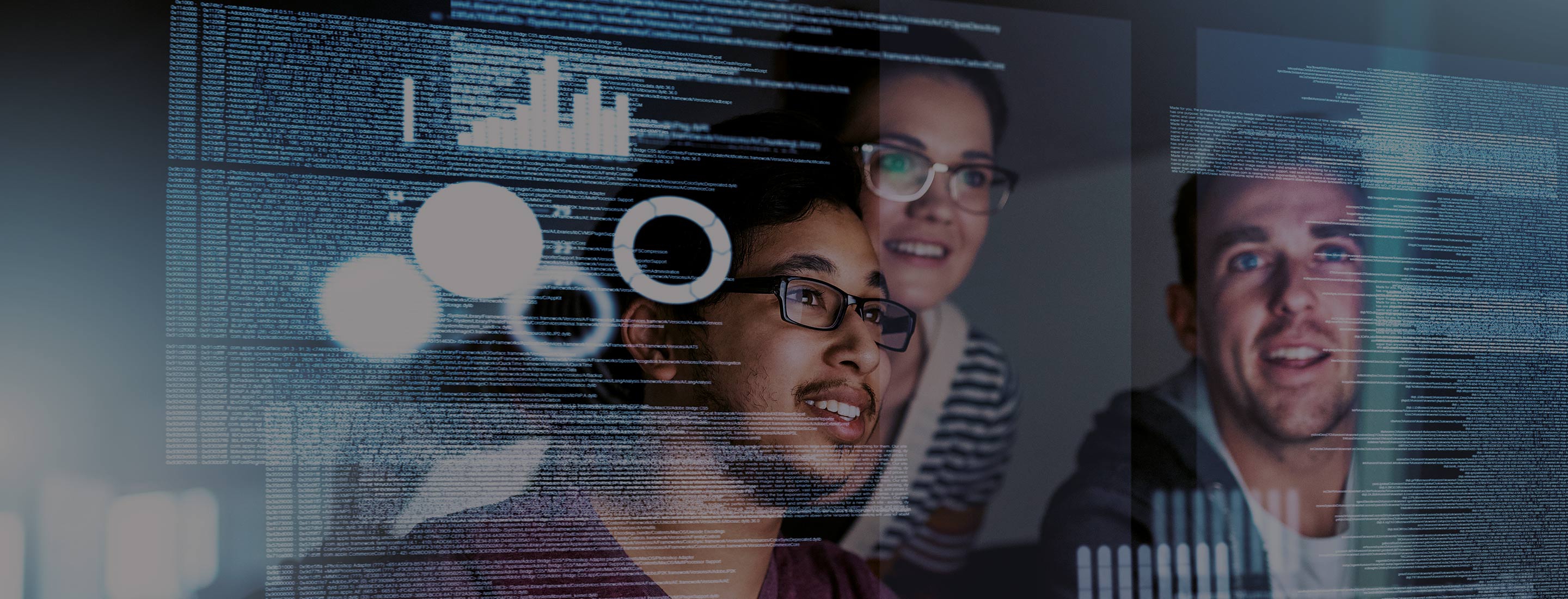article
Simplify the contract review process with machine learning
While technology for legal document review has existed for years, it was primarily used for storing and organizing contracts. But now, firms have more sophisticated tools available to help eliminate the arduous, manual, and time-consuming aspects of conducting contract reviews. Machine learning, in particular, is raising the bar, employing pattern recognition to help lawyers more easily and effectively extract key variables, such as clauses, dates, names, etc.
Good data means better outcomes with machine learning
What makes machine learning different is its ability to generate new algorithms and models using the information it’s given to essentially “teach” the computer how to improve tasks and applications without inputting new code. The more data it has, the more it can refine its actions. This capability is vitally beneficial when dealing with the nuances of contract reviews.
Machine learning can help lawyers untangle the complexities of automated contract review by:
- Finding relevant legal language, regardless of location within a contract or related document
- Comparing legal language to standard text or previously defined terms
- Checking for consistency and variation of legal language across a corpus of documents
- Enhancing context awareness by comparing each party’s obligations and liabilities
To realize these opportunities for simplifying the contract review process, it’s important to teach the technology the right skills. In other words, firms must match relevant machine learning techniques to the desired results.
The right process will produce the right outcomes
There are four techniques that machine learning technologies can use to review documents.
- Unsupervised learning. Data is unlabelled and the discovery and mapping of information is automated. Information extraction — such as facts, named entities, definitions, and clauses — is done using naïve or regular expression rules or sophisticated, deep learning and neural networks.
- Supervised learning. Using data inputs that have been pre-mapped and labelled by humans, search capabilities find relevant content in the contract to answer specific queries. It can include more discreet legal language extraction and interpretation from contracts at volume.
- Language modelling. Lawyers must review and control many important entities and different types of facts, such as dates, monetary data, people’s names, locations, and organizations. The search here is not a prediction, but an exact value of specific facts.
A much deeper and semantic understanding of contract context requires more than just measuring shadow similarities between the query and the candidate answers. It’s also important to measure how much an important piece of a contract deviates from standard language in the same context — what’s beyond the syntactic and textual similarity.
“This helps with risk assessment,” says Masoud Makrehchi, Director of Research Technology at Thomson Reuters. “We want to build a capability to assist the user in building their own model by automating the data science process instead of the prepared model. We want to give them the ingredients and necessary tools, allowing the user to annotate their own data.”
The first step is finding answers to legal questions, not simply identifying clauses. Analysing discreet legal language using the linguistic content matching technique can then be applied to compare contractual language to standard terms, client playbooks, positions, or knowledge bases for successfully negotiating terms. Deviation analysis is then applied to highlight key differences, show where obligations change, and help the reviewer manage risk and liability assessments.
- Self-teach. This process facilitates in-house machine learning, model training, and data science iterations. You need to first find appropriate data from the user’s contract repository, then another artificial intelligence (AI) tool takes the selected contract and recommends the items to be annotated by the user.
This replaces the need to thoroughly review a lengthy contract and find the items for annotation. Every annotated contract is then fed to a model training component. The self-teach contract review process loop is closed by a user satisfaction measurement to determine if the model is ready or more training data is needed.
Watch our HighQ Contract Analysis launch webinar to see these tools in action.
These machine learning tools and techniques are making great strides to improve the initial contract analysis process, but there’s still room to grow. Understanding what machine learning can and cannot do is important to the success of its implementation and use in the contract review process. As this technology develops, not only will it serve as a time-saving tool for lawyers; it can also help reduce the risk of human error in contract drafting and review.

Moving legal processes forward with HighQ
See how HighQ can make your firm more secure, efficient, and innovative
